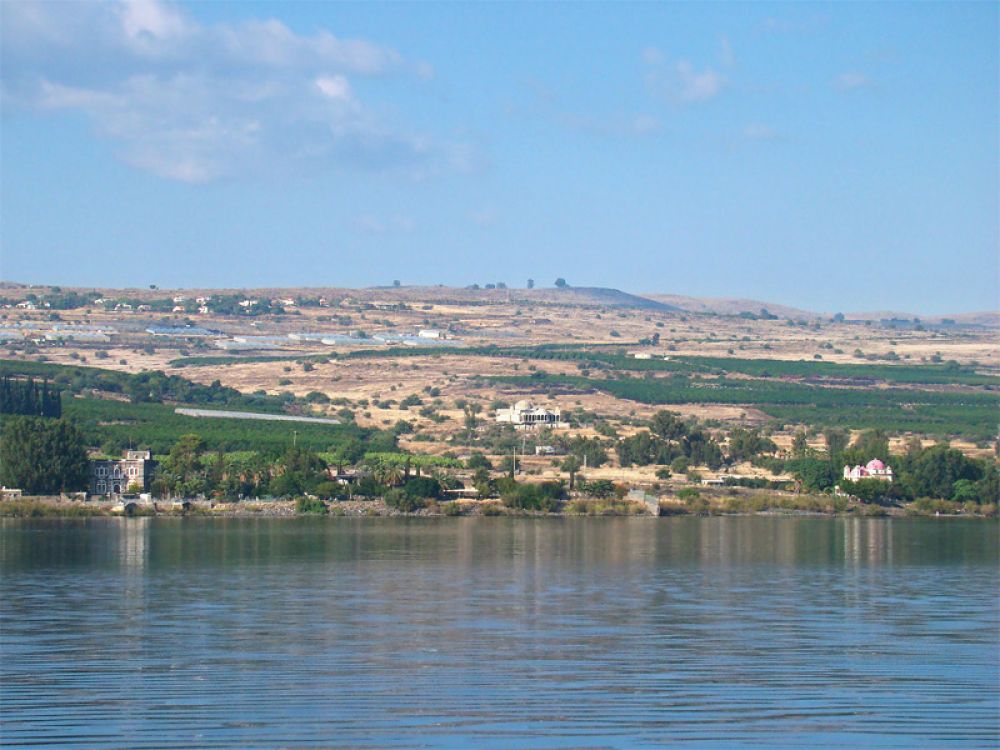

Capernaum is a town of ancient origins, situated on the northwestern shore of the Sea of Galilee, in Israel. Known for its biblical significance, Capernaum is often mentioned in the New Testament as the place where Jesus lived and preached after leaving his hometown of Nazareth. The history of tourism in Capernaum is closely tied to its religious heritage, which has attracted pilgrims and travelers since the early Byzantine period.
Christian pilgrims in the 4th century would often visit Capernaum as part of their pilgrimage to the Holy Land. These pilgrimages increased significantly during the Byzantine era when Christianity became the dominant religion of the Roman Empire. A number of churches and religious sites were established, making Capernaum an important stop for those seeking to walk in the footsteps of Jesus.
While religious tourism has always been prevalent, the discovery of the ancient Synagogue of Capernaum and the House of Saint Peter in the 19th and 20th centuries led to a surge in historical and archaeological tourism. These findings have made Capernaum a site of scholarly interest as well, encouraging tourists who are keen to explore the roots of Christian history.
Modern tourism in Capernaum has expanded to cater to a variety of visitors, ranging from religious tourists to history enthusiasts and nature lovers. The development of the area around the Sea of Galilee, including Tiberias, has included the improvement of facilities and services, cultural activities, and accommodation options.
In recent years, there's a growing trend in eco-friendly travel and countryside experiences. Agritourism ventures are becoming more popular, offering visitors the chance to stay in guesthouses and participate in local farming activities, which complements the traditional religious visits.
Tiberias and the surrounding region, famous for hot springs and spa facilities since antiquity, have started to draw a crowd for health and wellness tourism. The Tiberias hot springs are known for their therapeutic properties, and many luxury resorts in the area offer spa treatments that utilize these mineral-rich waters.
With the beautiful landscapes surrounding the Sea of Galilee, adventure tourism is also on the rise. Activities such as hiking, biking, and water sports attract visitors who are looking to combine their historical or spiritual journey with outdoor adventures.
As travel trends continue to evolve, Capernaum, Tiberias, and the Sea of Galilee area are expected to witness a diversification of tourism offerings. Virtual reality tours, immersive historical experiences, and cultural festivals are likely to emerge, transforming how visitors engage with this ancient yet ever-vibrant destination.
In line with the growing concern for sustainable practices, both the Israeli government and private stakeholders are increasingly implementing responsible tourism initiatives to preserve the natural and historical integrity of Capernaum and the wider region for future generations.